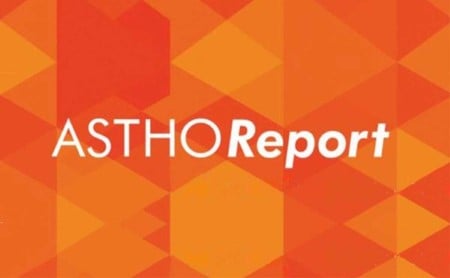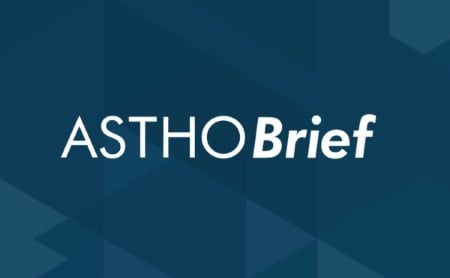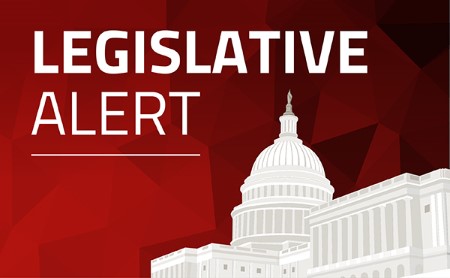Population health and public health prevention efforts aim to create systems, environments, and policies that promote the health of the larger population. ASTHO supports state and territorial health agencies in their efforts to reduce the factors that contribute to health problems and introduce evidence-based and innovative strategies that improve health and wellbeing.
Population health strategies include strengthening integration between payers, providers, community organizations, and public health agencies to better address the social determinants of health and health equity. It also includes the foundational data systems critical to monitoring and measuring impact. ASTHO engages with national partners to support state and territorial health agencies in their data modernization efforts and builds workforce capacity for interjurisdictional data sharing.
Featured

Braiding and Layering Funding for Adverse Childhood Experiences Prevention
A report illustrating how health agencies can combine existing funding streams to achieve population-level impact.
Get the Report
Evidence-Informed Substance Use Disorder Policies for Maternal and Child Populations
A two-page summary of proven strategies to support women and children impacted by substance use.
Read the Brief
Collaborations Between Health Systems and Community-Based Organizations
An examination of real-world partnerships between health systems and local organizations to improve the wellbeing of community members.
Get the ReportLatest Prevention Resources


Changes to 2024 Medicare Physician Fee Schedule for CHI Services
Policy Cheat Sheet
Learn More

Recipient Orientation Handbook for OD2A State and LOCAL Cooperative Agreements
Learn More
Leveraging Healthy People 2030 to Build Non-Traditional Multisector Partnerships
Learn More


Summary of FY24 Labor, Health and Human Services, Education, and Related Agencies Appropriations Bill
Learn MoreCollaborations
ASTHO has two policy committees—the Community Health and Prevention committee and the Population Health and Informatics committee—that help state and territorial public health agencies build their capacity to address America’s major health problems and the leading causes of death and disability.